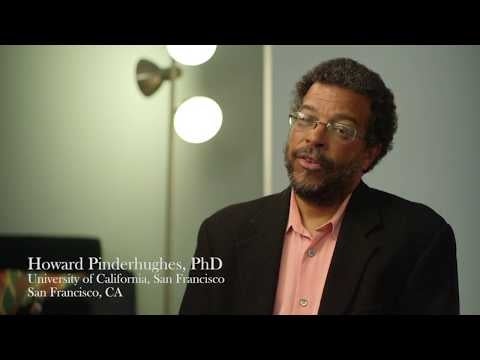Trauma: Understanding the past for a better future
In developing this initiative, County department heads recognized that personal and intergenerational trauma play a significant role in outcomes for youth and their families. Understanding this, the initiative uses a trauma-informed approach and makes every effort to minimize stress, build social cohesion, avoid calling up trauma without providing appropriate supports, and accept and acknowledge structural, personal and historic trauma.
Individual and Collective Trauma
A growing body of research connects the early experiences of trauma and adverse childhood experiences (ACEs) with poor outcomes later in life. Repeated exposure to stressors such as physical, emotional or sexual abuse and neglect affects the developing brain, disrupting neurodevelopment and impairing social, emotional and cognitive functions.1 Without the buffering support of a reliable adult, childhood toxic stress exposure is correlated with chronic physical and mental health conditions, high risk behaviors and life outcomes like incarceration or unemployment.
The concept of collective trauma acknowledges that trauma can occur on a community-wide scale as a result of pervasive violence, concentrated poverty, segregation, neglected infrastructure and structural racism.2 Community-level lack of trust, disengagement with civic processes, and an absent sense of community ownership are all outgrowths of historic and systemic community-wide trauma.
“When we talk about community trauma we aren’t just talking about an aggregate of individuals who have trauma in a community, we’re talking about the aspects and dynamics of community that have been impacted by historical trauma, by structural violence. We have to engage in strategies that help heal communities from community trauma.” –Howard Pinderhughes3
Trauma-Informed Community Building
The Community Collaboration for Children’s Success initiative will take a trauma-informed approach to community engagement to strengthen trust, resiliency and participation in communities that have experienced systemic trauma.
Trauma-informed community building (TICB) offers an approach to strengthen power and resilience in communities in the face of pervasive trauma.4 The principles of TICB include:
1. Do no
harm. Acknowledge trauma, avoid re-traumatizing
individuals and “acknowledge that traumatized communities face
ongoing insecurities around the sustainability of programs,
services and institutional relationships”.
2. Acceptance. Accept the
realities of community conditions and establish realistic
expectations and goals. TICB “sets goals that allow
residents to grow but doesn’t push them past their
capacity”.
3. Community empowerment.
Community ownership over the change process established through
peer support, inclusiveness and accountability.
4. Reflective
Process. Adjust to changing community and
neighborhood needs and continue to incorporate residents’ voices
in the planning process.
2Pinderhuges, Davis and Williams. “Adverse Community Experiences and Resilience“.
3Video: Prevention Institute. “Howard Pinderhughes: Community Trauma and Resilience”.
4Weinstein, Wolin and Rose. Bridge Housing and Health Equity Institute. “Trauma Informed Community Building: A Model for Strengthening Community in Trauma Affected Neighborhoods”.


